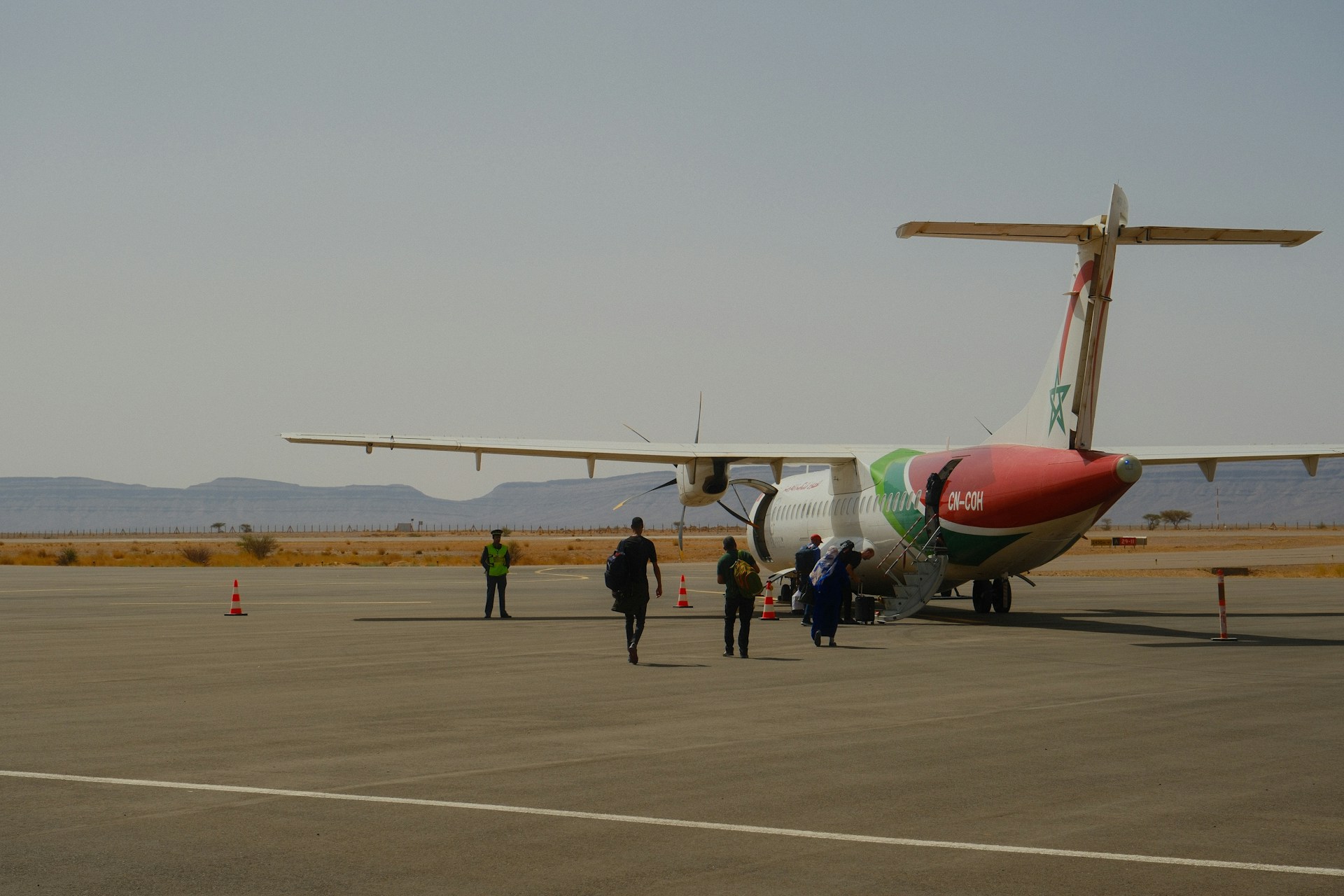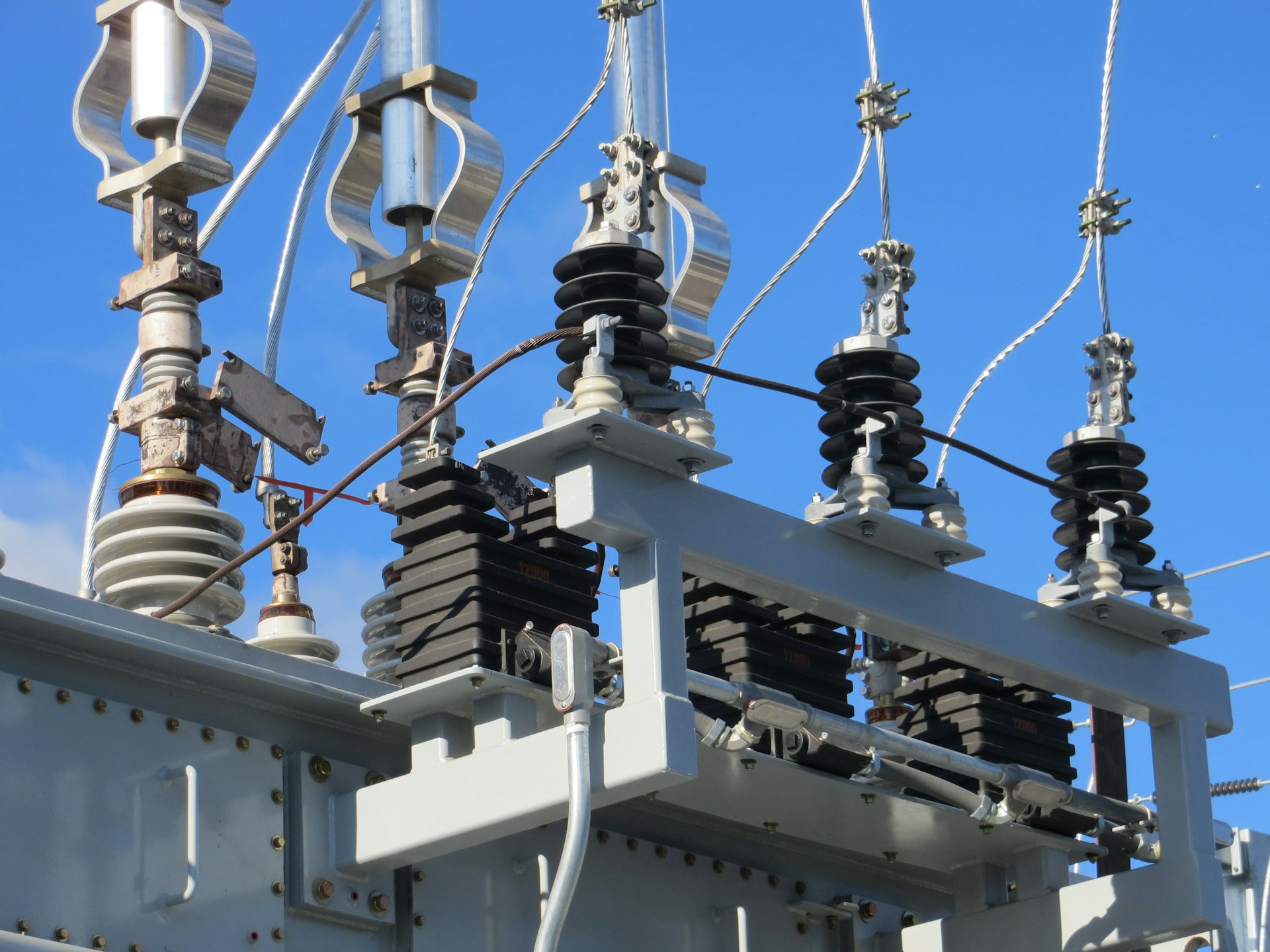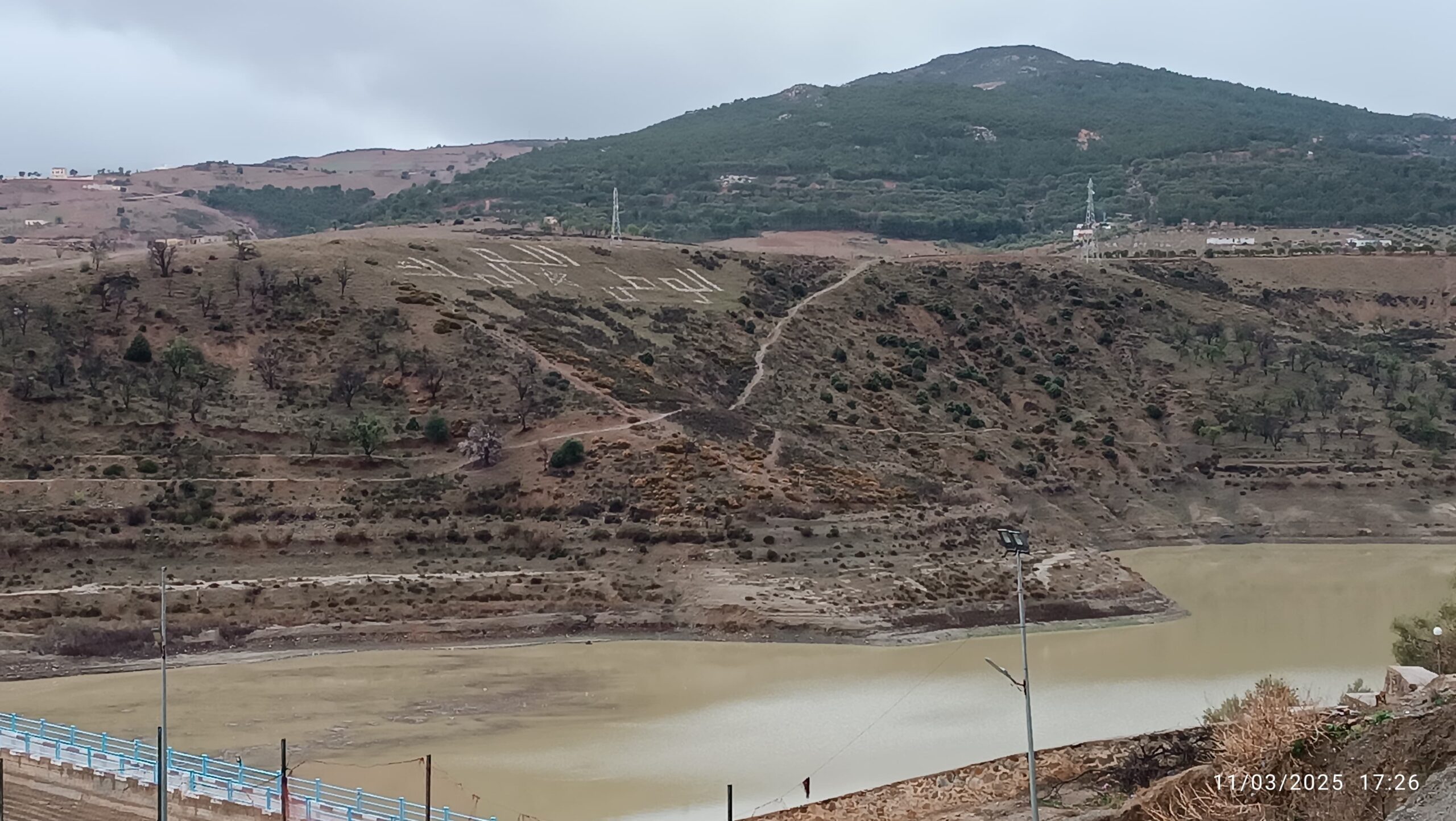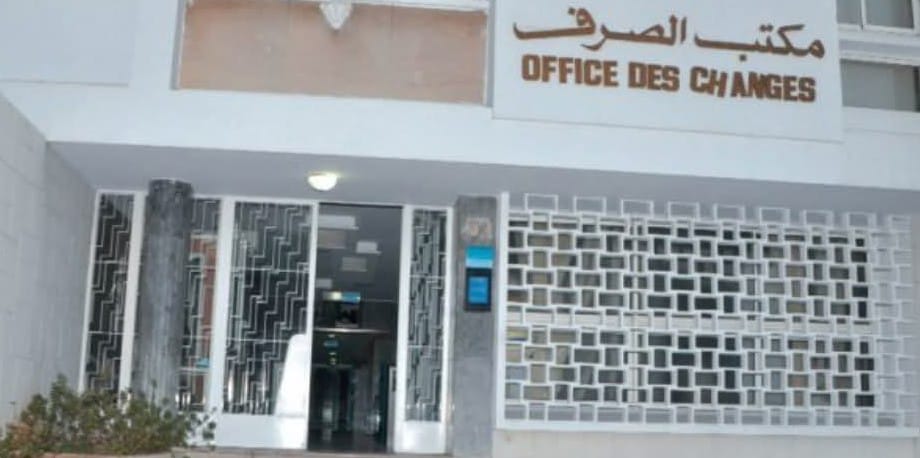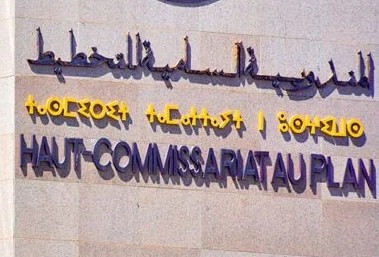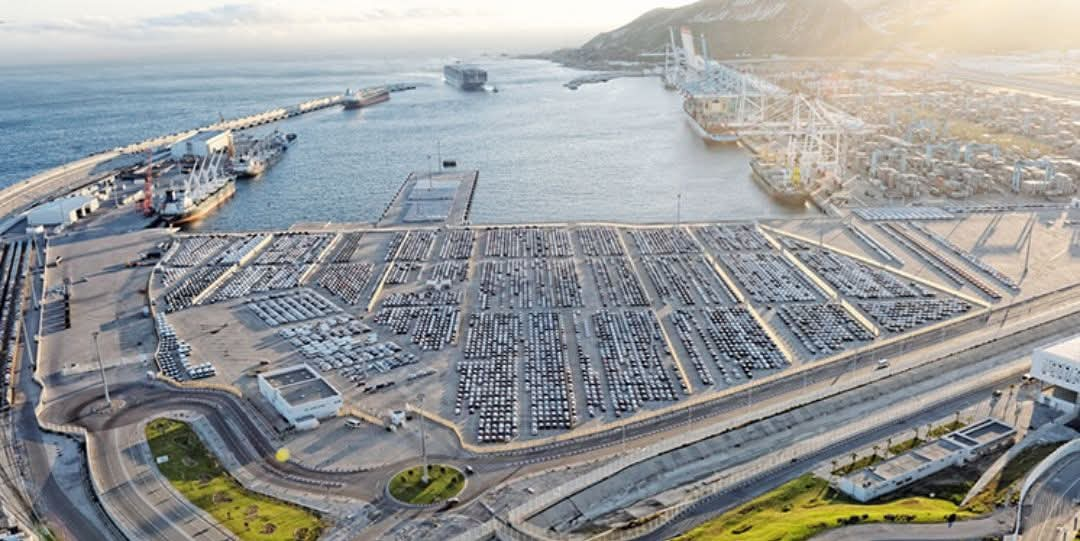Casablanca – After a dry winter that caused significant water shortages, Morocco has received a much-needed reprieve with the return of rainfall, which has provided significant relief to the country’s water reserves. The recent rains, which have affected various regions across Morocco, have contributed to a notable increase in the water levels of the nation’s dams, offering hope for both agriculture and water resource management as the country continues to grapple with water scarcity challenges.
Rainfall brings much-needed relief
According to data released by the Ministry of Equipment and Water on Monday, March 10, 2025, the overall filling rate of dams in Morocco has reached 29.08%, representing a volume of 4.89 billion cubic meters of water. This increase marks a significant recovery from last year’s figures, when the country’s dam filling rate stood at just 25.63%. The rainfall that occurred over the last week has been particularly impactful, improving water reserves after months of drought, which severely affected water availability across various sectors.
The recent precipitation has spread across the country, from the northern regions to the southern provinces, touching both coastal areas and inland regions. Tangier, Rabat, and Casablanca reported significant rainfall, with over 82 mm recorded in Tangier, 66 mm in Rabat, and 42 mm in Casablanca over a 48-hour period. The Atlas Mountains and the Souss region were also affected, marking a welcome break from the prolonged dry conditions that had persisted through much of the winter.
Regional variations in water reserves
While the national filling rate has seen an improvement, the data highlights significant regional disparities in the water reserves of Morocco’s hydraulic basins. The Tensift Basin, which is among the most water-rich areas, saw a filling rate of 55.57%, the highest in the country. This is followed by the Loukkos Basin with 45.85%, which also benefited greatly from the recent rains. In comparison, the Sebou Basin recorded a filling rate of 37.78%, showing a moderate increase but still below ideal levels. Other basins such as Ziz-Guir-Rheris and Moulouya had more modest increases, with their filling rates standing at 26.04% and 24.39%, respectively.
Among the basins with the lowest filling rates are Bouregreg, which stands at 24.13%, and the Souss-Massa Basin at 15.09%, reflecting a more concerning situation for these areas. The Oum Er-Rbia Basin, with a meager 6.35% of its total capacity filled, continues to face significant challenges, despite the recent rainfall.
Impact of recent rainfall on notable dams
Several key dams across Morocco have seen substantial increases in water levels due to the recent rainfall. For example, Al Wahda Dam (Ouezzane), one of the most important water sources in the country, received an additional 13.3 million cubic meters of water, raising its filling rate to 38.8%. Similarly, the Oued El Makhazine Dam (Kenitra) saw a significant boost with an increase of 12.5 million cubic meters, pushing its filling rate to 71%, the highest among major dams.
Other dams have also reported increases in their water levels. Sidi Mohamed Ben Abdellah Dam (Rabat) saw a rise of 11.8 million cubic meters, bringing its filling rate to 44.3%, while the Ahmed Al Hansali Dam (Bni Mellal) benefited from 5.7 million cubic meters, raising its filling rate to 7.6%. Although these increases are encouraging, some dams, such as Bin El Ouidane (Azilal) and Dar Khrofa (Larache), continue to struggle with low water levels, despite improvements. Bin El Ouidane received 4.7 million cubic meters, but its filling rate remains low at 6.4%, while Dar Khrofa rose by 2.7 million cubic meters, reaching 13.4%.
A glimmer of hope for agriculture and water resources
The recent rainfall brings hope not only for the replenishment of the country’s dams but also for the agricultural sector, which had been hit hard by the prolonged drought. The rain is expected to help restore groundwater levels and support the growth of spring crops. This is particularly important as Morocco is facing an increasingly unpredictable climate, which has placed growing pressure on its water resources.
In addition to its benefits for agriculture, the rainfall also has an essential role in replenishing the country’s strategic water reserves, which are crucial for drinking water supply and irrigation. The improvements in dam water levels are expected to support Morocco’s water security in the coming months, particularly as the country continues to confront the challenges posed by climate change and population growth.
As Morocco navigates its water challenges, the recent rainfall offers a glimmer of hope for the country’s future water security and agricultural productivity. However, it remains critical to continue monitoring the situation and managing resources carefully to ensure long-term sustainability in the face of a changing climate.
